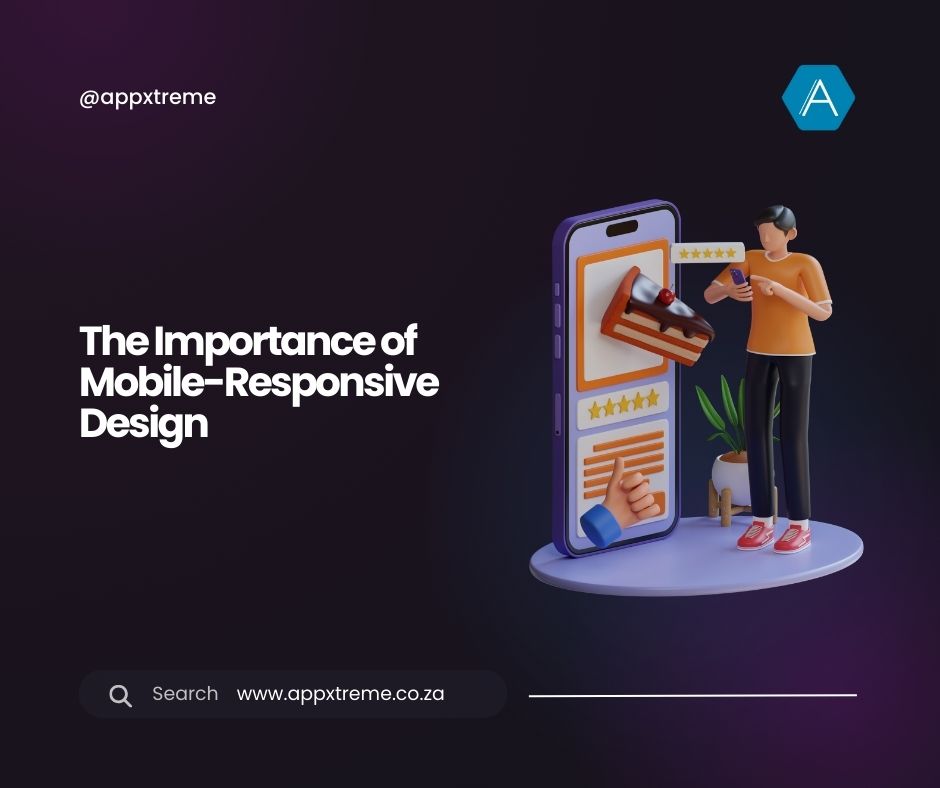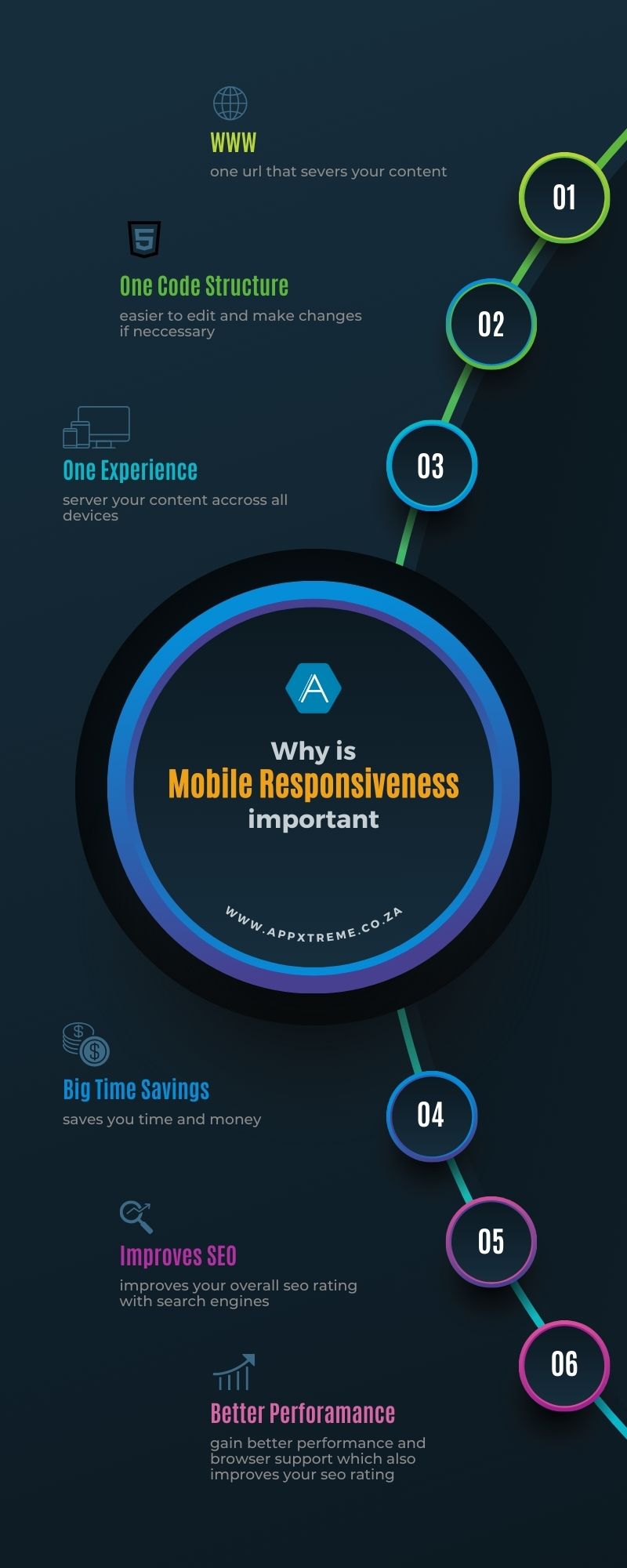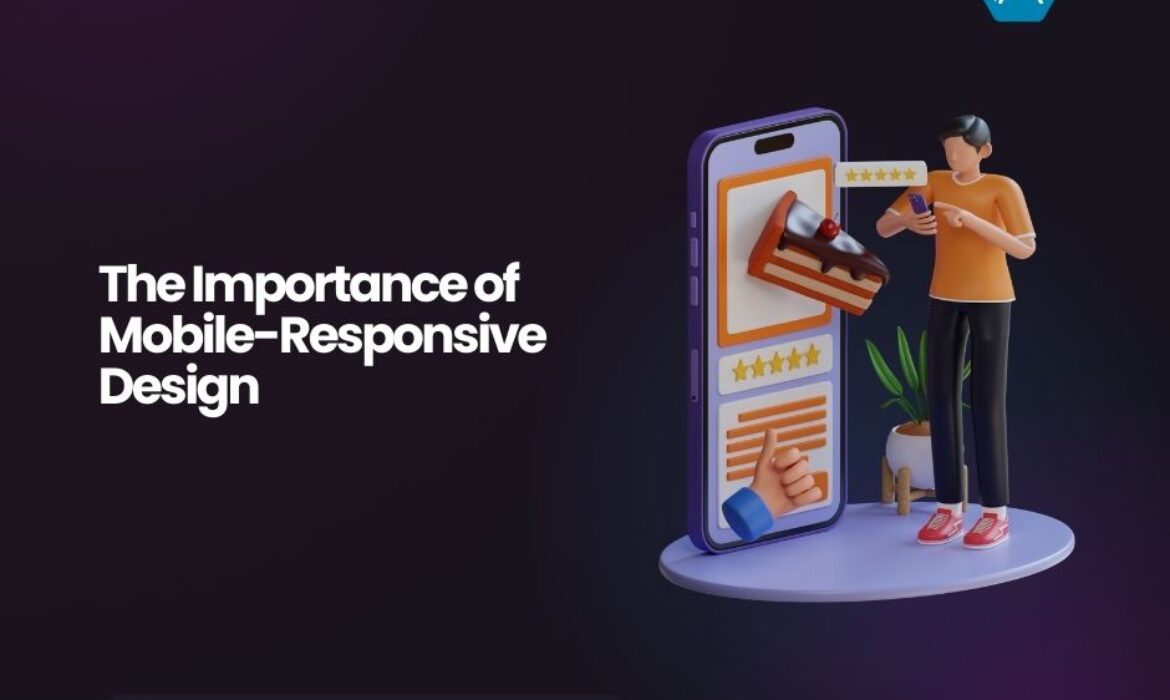
In a world where smartphones have become extensions of our hands and tablets are as common as coffee cups, the significance of mobile-responsive design cannot be overstated. With the digital landscape constantly evolving, ensuring your website or application is accessible and appealing across various devices is no longer a luxury – it’s a necessity. In this blog post, we’ll delve into the importance of mobile-responsive design and why it should be a top priority for businesses and individuals alike.
1. The Mobile Revolution
Mobile devices have completely revolutionized the way we access information and interact with the digital world. Whether it’s shopping, reading news, or connecting with friends, the majority of online activities now occur on mobile devices. According to Statista, mobile devices accounted for over 50% of global website traffic in 2020, and this number is only expected to increase. Ignoring the mobile audience is like turning your back on half of your potential visitors or customers.
2. Enhanced User Experience
User experience (UX) is at the core of mobile-responsive design. When users access your website or app on their smartphones or tablets, they should have an enjoyable and seamless experience. Mobile-responsive design ensures that content is appropriately scaled, images load quickly, and navigation is intuitive. When users can effortlessly find what they’re looking for, they are more likely to stay, engage, and convert.

3. SEO and Visibility
Search engines, led by Google, favor mobile-friendly websites when ranking search results. Google uses mobile-first indexing, which means it primarily uses the mobile version of a site for ranking and indexing. If your website isn’t mobile-responsive, it can negatively impact your search engine rankings and visibility. In contrast, a mobile-responsive design can improve your SEO efforts, driving more organic traffic to your site.
4. Adaptability to Various Devices
The digital landscape is diverse, with an array of devices, screen sizes, and resolutions. Mobile-responsive design is adaptable; it ensures your content looks and functions well on everything from the smallest smartphone to the largest desktop monitor. This adaptability future-proofs your design, saving you from constant redevelopment to accommodate new devices.
5. Wider Reach and Accessibility
Mobile-responsive design isn’t just about accommodating different devices; it’s also about making your content accessible to a broader audience. It ensures that individuals with disabilities using assistive technologies, such as screen readers, can navigate your site effectively. Embracing accessibility not only broadens your reach but also demonstrates inclusivity and social responsibility.
6. Competitive Advantage
In today’s competitive digital landscape, staying ahead of the curve is crucial. Businesses that prioritize mobile-responsive design gain a significant advantage. They are better equipped to capture mobile traffic, retain visitors, and ultimately outshine competitors who neglect this critical aspect of web development.
In conclusion, mobile-responsive design is not an option; it’s a requirement for success in the digital age. It enhances user experience, boosts SEO, adapts to diverse devices, widens your reach, and offers a competitive edge. To create a lasting online presence, prioritize mobile-responsiveness in your web or app design, ensuring that you not only meet but exceed the expectations of your increasingly mobile-savvy audience.
Let’s work together
business online? Do you want to?




